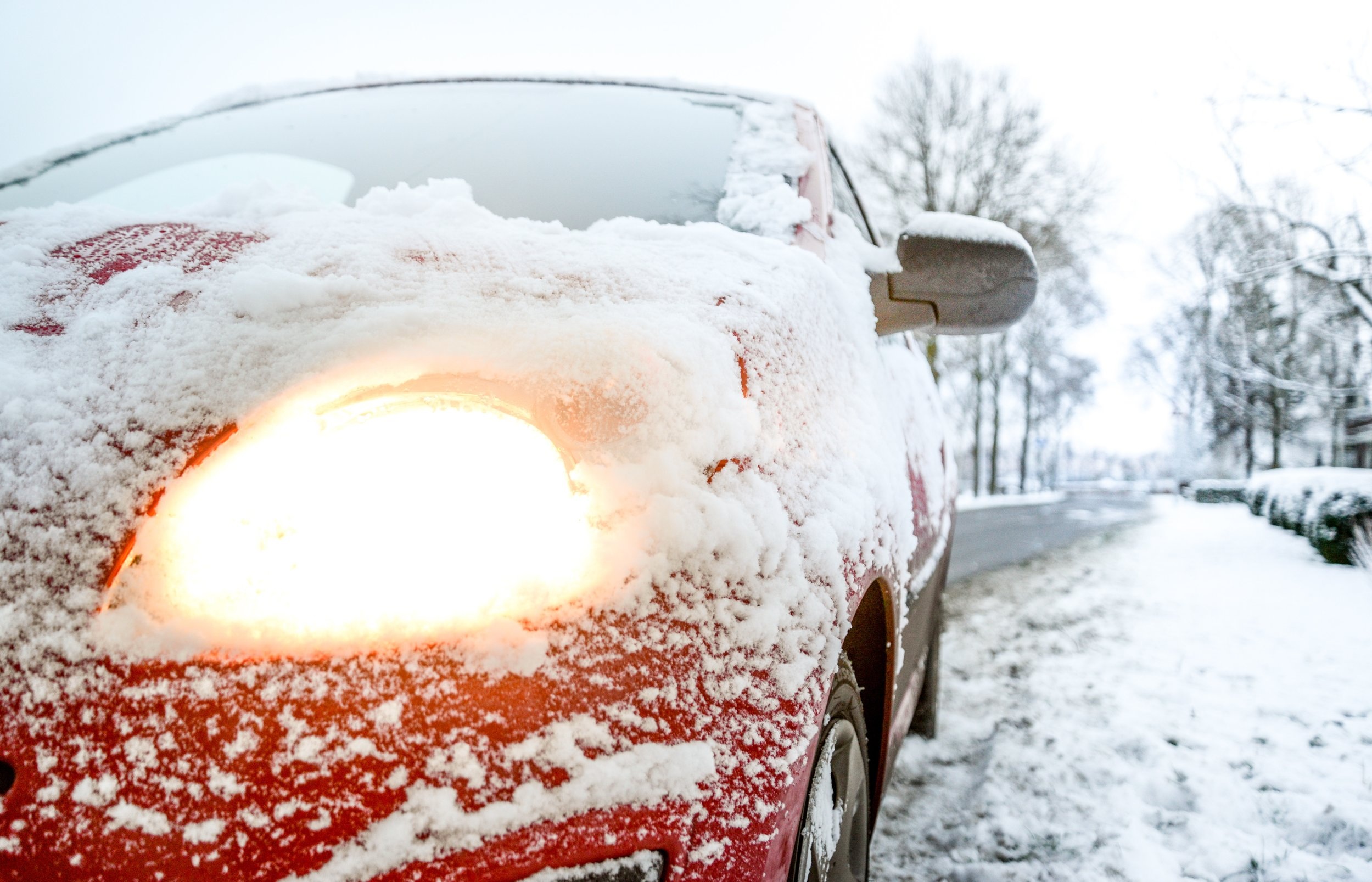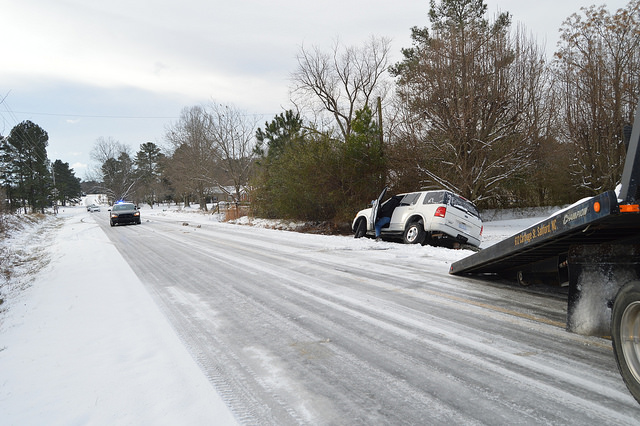From sledding down the most prestigious hill in the neighborhood in a dark blue, plastic sled, to skating on the ice rink at Campus Martius in Detroit, winter in Michigan can be the most joyous time of year! However, winter in Michigan isn’t all hot chocolate and toasty fireplaces. Unfortunately, the same snow and freezing cold temperatures that allow Michiganders to have winter fun can also lead to car crashes and serious injuries.
Drivers unlucky enough to have experienced Michigan winters know that winter drives are unpredictable and can make drivers feel like they’re participating in a Winter Olympics event! Visible road conditions in the morning might allow drivers to feel as confident as Bode Miller swishing and swooshing down a freshly groomed mountaintop. But by the drive home, heavy snowfall and terrible road conditions may create so many hurdles, that drivers feel like they not only missed the podium but placed last in the Olympic qualifier event. In fact, driving in the snow is such a gruesome task that over 1,300 people are killed and more than 116,800 people are injured in vehicle crashes on snowy, slushy, or icy pavements annually, according to the Federal Highway Administration (FHA). So many of these winter weather car accidents are caused by drivers who don’t know how to respond to the treacherous winter weather conditions or how to navigate their vehicles over ice and snow. Since driving in the snow can be a very daunting task, the National Highway Traffic Safety Administration (NHTSA) has published the following winter driving tips:
Winter Driving Tips
Stay Alert
Keep your gas tank close to full, even with a hybrid-electric vehicle. If you get stuck in a traffic jam or in snow, you might need more fuel than you anticipated to get home or to keep warm.
If road conditions are hazardous, avoid driving if possible. Wait until road and weather conditions improve before venturing out in your vehicle.
On longer trips, plan enough time to stop to stretch, get something to eat, return calls or text messages, and change drivers or rest if you feel drowsy.
2. Avoid Risky Driving Behaviors
Do not text or engage in any activities that may distract you while driving.
Obey all posted speed limits, but drive even slower if necessary for weather conditions.
Drive sober. Alcohol and drugs impair perception, judgment, motor skills, and memory – the skills critical for safe and responsible driving.
3. Driving in Winter Conditions
Drive slowly. It’s harder to control or stop your vehicle on a slick or snow-covered surface. On the road, increase your following distance enough so that you’ll have plenty of time to stop for vehicles ahead of you.
Know whether your vehicle has an antilock brake system and learn how to use it properly. Antilock brake systems prevent your wheels from locking up during braking. If you have antilock brakes, apply firm, continuous pressure to the brake pedal. If you don’t have antilock brakes, you may need to pump your brakes if you feel your wheels starting to lock up.
4. Navigating Around Snow Plows
Don’t crowd a snow plow or travel beside it. Snow plows travel slowly, make wide turns, stop often, overlap lanes, and exit the road frequently.
The road behind an active snow plow is safer to drive on. If you find yourself behind a snow plow, stay behind it or use caution when passing.
When you are driving behind a snow plow, don’t follow or stop too closely. A snow plow operator’s field-of-vision is limited; if you can't see the mirrors, the driver can't see you. Also, materials used to de-ice the road could hit your vehicle.
Snow plows can throw up a cloud of snow that can reduce your visibility to zero in less time than you can react. Never drive into a snow cloud – it can conceal vehicles or hazards.
What To Do In A Winter Emergency
If you are stopped or stalled in wintry weather, follow these safety rules:
Stay with your car and don’t overexert yourself.
Put bright markers on the antenna or windows and keep the interior dome light turned on.
To avoid asphyxiation from carbon monoxide poisoning, don’t run your car for long periods of time with the windows up or in an enclosed space. If you must run your vehicle, clear the exhaust pipe of any snow and run it only sporadically — just long enough to stay warm.
Folks in Michigan have plenty to do in the winter, like skiing, snowboarding, ice skating, building snowmen, and so much more. Unfortunately, extreme winter weather can also cause many hazards, especially when traveling in snow and ice. While people may cheer on a winter storm for freezing a lake well enough to skate on, they also boo at it for causing pile-ups on the freeway. Since we can’t manipulate Michigan’s weather to be more like Florida’s, Michigan drivers have no choice but to learn how to safely navigate their vehicles in snow, slush, and ice. Hopefully, by following the aforementioned winter driving safety tips, drivers can learn to endure the next snowstorm as Olympic gold medalists and not ER patients!
Winter weather may have it’s up and downs, so it’s important for drivers to stay cautious in order to avoid car crashes. If you or someone you know has been injured in a car accident caused by snowy or icy driving conditions, please contact The Michigan Law Firm, PC at 844.4MI.FIRM for a free consultation.










